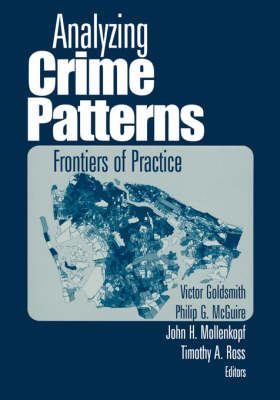Crime control continues to be a growth industry, despite the drop in crime indicators throughout the nation. This volume shows how state-of-the-art geographic information systems (GIS) are revolutionizing urban law enforcement, with an award-winning program in New York City leading the way. Electronic "pin mapping" is used to display the incidence of crime, to stimulate effective strategies and decision making, and to evaluate the impact of recent activity applied to hotspots.
The expert information presented by 12 contributors will guide departments without such tools to understand the latest technologies and successfully employ them. Besides describing and assessing cutting-edge techniques of crime mapping, this book emphasizes:
* the organizational and intellectual contexts in which spatial analysis of crime takes place,
* the technical problems of defining, measuring, interpreting, and predicting spatial concentrations of crime,
* the common use of New York City crime data, and
* practical applications of what is known (e.g., a review of mapping and analysis software packages using the same data set).
Students, academics, researchers, practitioners, and policymakers in the areas of criminal justice, corrections, geography, social problems, law and government, public administration, and public policy analysis will need to look at the interdisciplinary nature of both GIS and spatial dimensions of crime in order to
- comprehend the variety of different approaches
- address important analytic problems,
- reassess public facilities and resources, and
- prepare to respond more quickly to emerging hotspots.
- ISBN10 0761919414
- ISBN13 9780761919414
- Publish Date 18 January 2000 (first published 18 November 1999)
- Publish Status Active
- Publish Country US
- Imprint SAGE Publications Inc
- Format Paperback
- Pages 200
- Language English
- URL https://uk.sagepub.com/booksProdDesc.nav?prodId=Book9775
